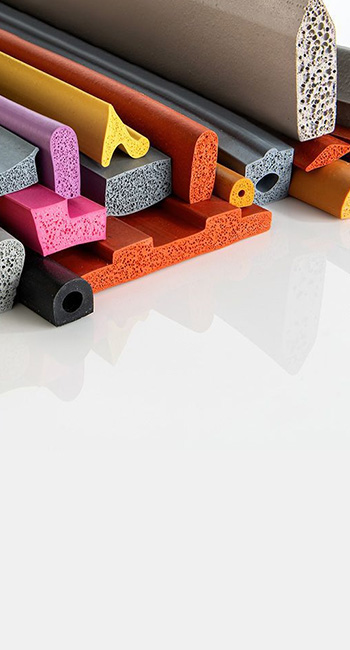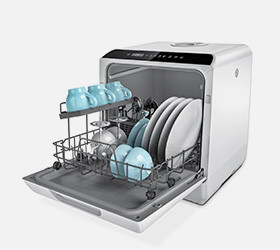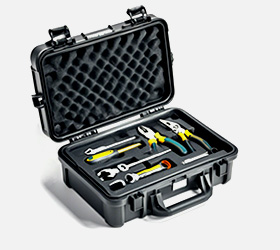Choosing the Right Rubber Hose: A 5-Step Selection Guide for Engineers
Why Proper Rubber Hose Selection Matters
Industrial hose failures account for significant maintenance costs and safety incidents annually. Unlike generic recommendations, this guide incorporates the technical depth that engineers require, considering factors like chemical compatibility, pressure dynamics, and environmental stressors that are often overlooked in basic selection charts.
[Image prompt: Technical engineering drawing of a cross-sectioned rubber hose showing multiple layers - inner tube, reinforcement layer, and outer cover, with callouts for each component. Style: Detailed technical illustration with precise dimensions and material labels.]
Step 1: Identify the Media - Chemical Compatibility is Paramount
The substance flowing through your hose determines the required material composition more than any other factor.
Chemical Resistance Considerations:
NBR (Nitrile Rubber): Excellent for petroleum-based oils, fuels, and hydraulic fluids
EPDM Rubber: Superior resistance to hot water, steam, ozone, and weathering
Silicone Rubber: Ideal for food-grade, pharmaceutical, and high-temperature applications
Neoprene: Balanced resistance to weather, oils, and abrasion
RESRUB Engineering Insight: Our technical team has developed proprietary compound formulations for challenging applications where standard materials fall short. For instance, our large rubber extrusion capabilities allow us to create custom profiles with enhanced chemical resistance for specialized industrial applications.
Step 2: Determine Pressure Requirements - Beyond Basic Ratings
Working pressure alone doesn't tell the full story. Engineers must consider:
Maximum Operating Pressure: The highest expected system pressure
Pressure Surges/Spikes: Short-term overpressure events
Vacuum Applications: Collapse resistance requirements
Safety Factor: Industry standards typically recommend 4:1 safety margin
RESRUB Capability Highlight: Our large rubber extrusion line produces reinforced hoses with precisely controlled steel wire braiding patterns, ensuring consistent pressure ratings across all diameters. Each production batch undergoes rigorous pressure testing to verify performance.
[Image prompt: Industrial testing laboratory setup showing a rubber hose connected to pressure testing equipment with digital gauges displaying pressure readings. Style: Professional industrial photography with clear focus on the testing apparatus and safety measures.]
Step 3: Assess Temperature Ranges - Both Internal and External
Temperature affects rubber compound performance significantly:
Operating Ranges by Material:
Standard NBR: -30°C to +100°C
EPDM: -40°C to +120°C
Silicone: -60°C to +200°C
RESRUB Technical Expertise: Beyond standard temperature ranges, we consider thermal cycling effects, external heat sources, and the combined impact of temperature with pressure and media compatibility. Our engineers can recommend specialized compounds for extreme temperature applications.
Step 4: Evaluate Environmental Conditions - The Often Overlooked Factors
The operating environment significantly impacts hose service life:
UV Exposure: Causes surface cracking in non-UV stabilized compounds
Ozone Concentration: Accelerates degradation in vulnerable materials
Abrasion Potential: Physical wear from contact with equipment or surfaces
Chemical Vapors: External chemical exposure differs from internal media concerns
RESRUB Application Experience: Our hoses installed in coastal mining operations incorporate both UV stabilization and enhanced ozone resistance, extending service life by 40% compared to standard industrial hoses.
[Image prompt: Comparison image showing two rubber hose samples - one with severe environmental degradation (cracking, weathering) and one in perfect condition, placed side-by-side in an industrial setting. Style: Clear comparative photography with labels highlighting the degradation points.]
Step 5: Specify Physical Requirements and Connections
The final step brings all considerations together:
Key Specifications:
Inner Diameter: Affects flow velocity and pressure drop
Length: Minimum bend radius considerations
Coupling Type: SAE, JIC, NPT, flange, or custom configurations
Regulatory Compliance: FDA, UL, SAE, EN, or other industry standards
RESRUB Manufacturing Advantage: Our large rubbe
























